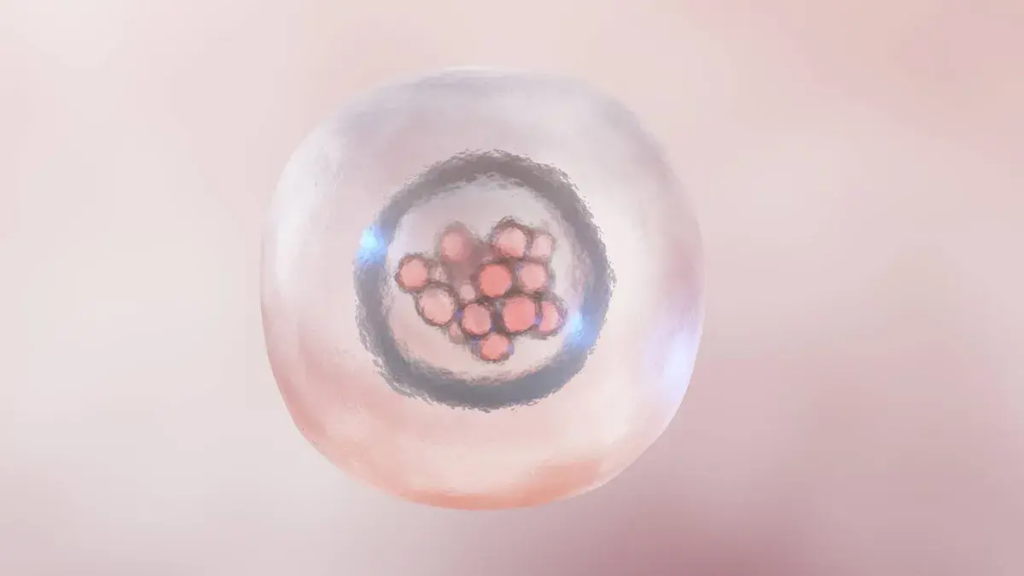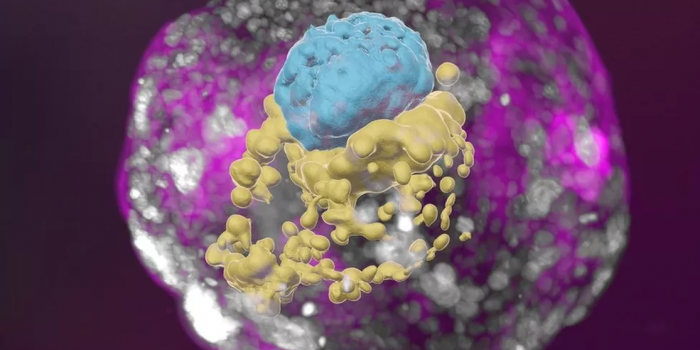In a groundbreaking achievement, a team of scientists from the Weizmann Institute has successfully developed synthetic ’embryo models’ closely resembling 14-day-old human embryos, all without the involvement of sperm, eggs, or a womb.
The Weizmann Institute’s team of scientists accomplished this remarkable feat by cultivating stem cells within a laboratory environment. What sets this achievement apart is not only the creation of human embryo models but also the fact that these synthetic models exhibited hormonal activity capable of yielding positive results on pregnancy tests.
This achievement represents a significant milestone in the field of embryo modeling, providing an ethical avenue for unraveling the mysteries of early human development. The synthetic embryo models meticulously replicated the structures and components characteristic of this stage, including the placenta, yolk sac, chorionic sac, and other external tissues essential for dynamic and proper growth.

Professor Jacob Hanna, a key figure in this research, emphasized the importance of the first month of development, stating, “The drama is in the first month, the remaining eight months of pregnancy are mainly lots of growth. But that first month is still largely a black box. Our stem cell-derived human embryo model offers an ethical and accessible way of peering into this box. It closely mimics the development of a real human embryo, particularly the emergence of its exquisitely fine architecture.”
The team’s findings have been published in the prestigious journal Nature, marking a significant scientific achievement. Professor Hanna noted that the synthetic embryo model created is akin to a textbook image of a human day-14 embryo, a feat unprecedented in the field.
Instead of relying on traditional sperm and egg components, the researchers initiated the process with naive stem cells, which were reprogrammed to possess the potential to develop into any type of tissue within the human body. This innovative approach has the potential to shed light on various aspects of early development, enhancing in vitro fertilization (IVF) success rates and advancing the safety assessment of medicines during pregnancy.

The key to this achievement lay in the precise combination of four different types of cells present in the earliest stages of human embryos, including epiblast cells (which form the embryo proper or fetus), trophoblast cells (which develop into the placenta), hypoblast cells (responsible for the supportive yolk sac), and extraembryonic mesoderm cells. Through meticulous mixing in specific ratios, approximately 1 percent of these cells self-assembled into a structured form, though not an exact replica of a human embryo.
Professor Hanna expressed admiration for the remarkable phenomenon, stating, “I give great credit to the cells – you have to bring the right mix and have the right environment and it just takes off.”
This incredible development heralds a new era of scientific exploration into the earliest stages of human life.


